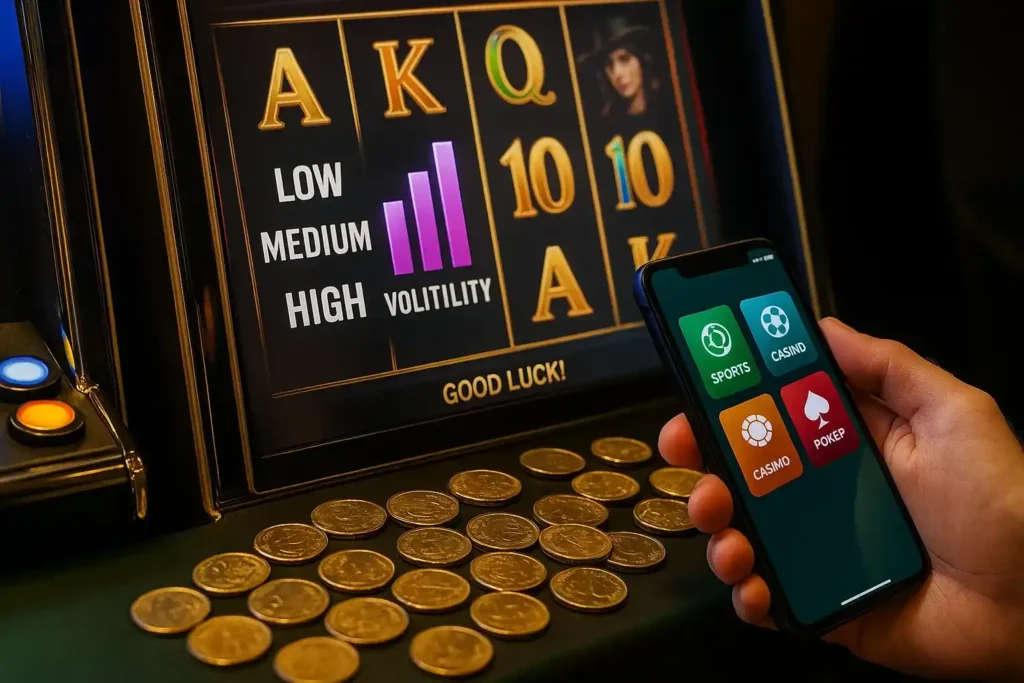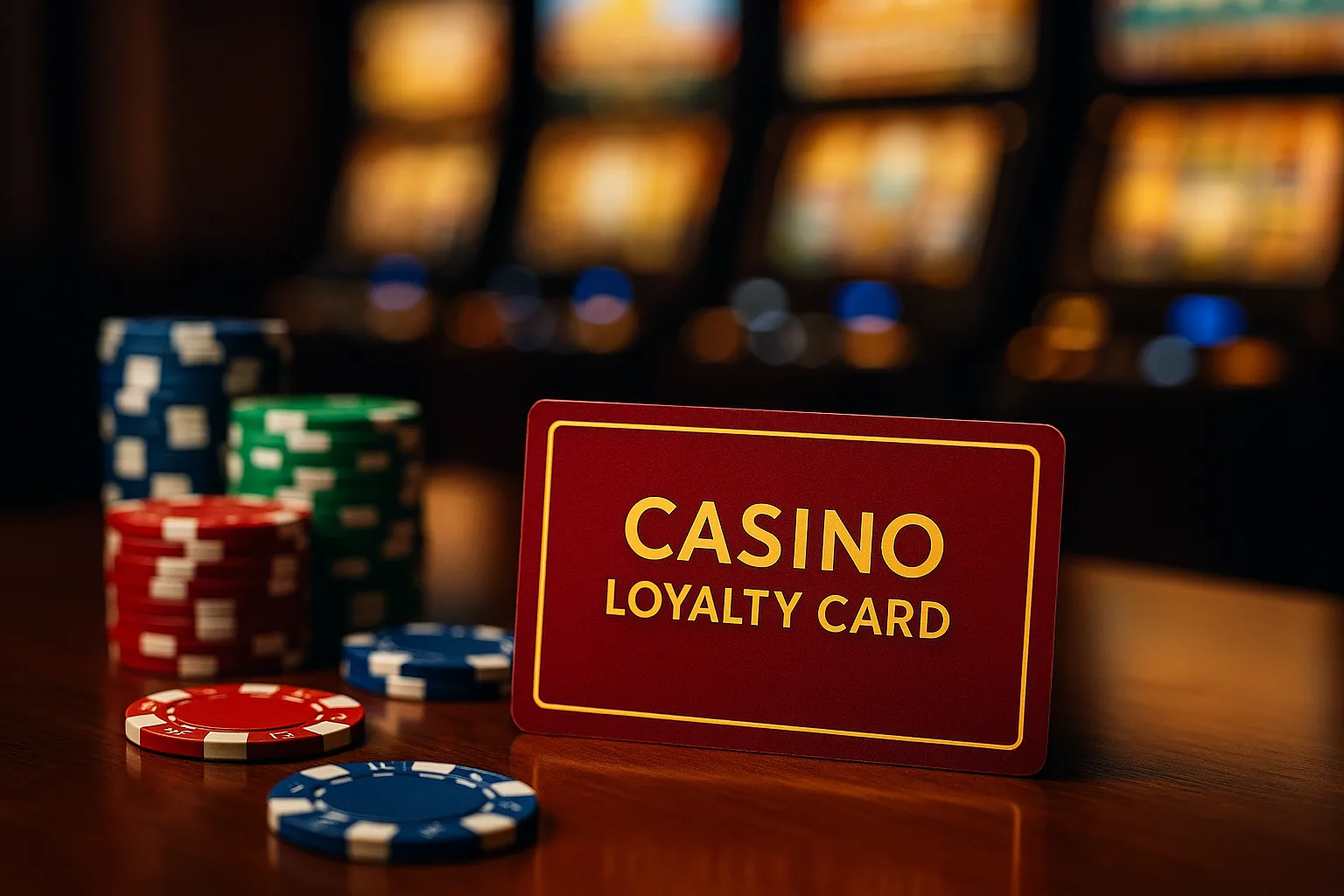I’ve been a casino enthusiast and software tester for over a decade, and turbo modes in online slots and table games are one feature I test rigorously. You’ve likely encountered a “Turbo” or “Fast Play” button spinning reels or dealing cards at lightning speed. But have you wondered how this convenience impacts the house edge? Drawing from my own experiences on both sides of the table—and conversations with game designers—let’s dive deep into turbo modes, uncover their effect on house advantage, and explore practical tips to make informed plays.
Understanding Turbo Mode: Speed vs. Mechanics
Turbo mode is essentially a playback speed modifier. In slot games, it accelerates reel animations and skips celebratory spins. In blackjack or roulette, it deals cards or spins wheels more rapidly. Importantly, turbo mode does not change game mechanics: the Random Number Generator (RNG) and payout structures remain identical to standard play.
Why Developers Add Turbo Modes
Back in 2016, I was running user tests on a new slot prototype. Players enjoyed the theme and bonus features, but they spent little time on spins—too slow. Introducing turbo mode doubled session length and boosted engagement. Operators appreciate higher “spins per hour” metrics, translating to increased wagers. From a UX perspective, turbo mode satisfies impatient players and makes shorter sessions feel more rewarding.
House Edge 101: The Foundation of Casino Profit
Before we explore turbo’s influence, let’s recap house edge basics. House edge represents the average percentage of each wager the casino retains over the long term. For example, a roulette wheel with a single zero has a house edge of 2.7%. In blackjack, house edge varies—around 0.5% with perfect basic strategy, but higher if you deviate.
RTP vs. House Edge
While Return to Player (RTP) indicates the percentage a game returns to players over time, house edge is its complement. A 96% RTP slot has a 4% house edge. No matter how fast you spin, those percentages remain mathematically constant. However, your session’s duration, bankroll requirements, and win/loss distribution can feel very different under turbo mode.
Turbo Mode’s Practical Impact on House Edge
Spin Frequency and Bankroll Volatility
Turbo mode increases spins per minute, raising your exposure to house edge. If standard mode yields 500 spins per hour, turbo might push that to 1,200. With a 4% house edge slot, you’d expect a theoretical loss of 0.04 × total bets. Doubling spins doubles your expected loss per unit time.
I track my sessions methodically. In standard mode, I might wager $100 over an hour and expect to lose $4 on average. In turbo, that could become $9.60. The game’s fairness hasn’t changed, but your bankroll depletes faster. If you’re on a tight budget, turbo can drain funds quicker than you realize.
Psychological Effects: The Illusion of Control
Faster spins create a sensation of control and immersion. You feel like you’ll “beat the house” by playing more, but that’s a cognitive illusion. My psychology student friend ran an experiment: group A played turbo slots, group B played normal speed. Group A reported higher perceived skill and enjoyment, despite identical outcomes. This psychological boost can lead to riskier betting, inadvertently magnifying losses tied to house edge.
Bonus Features and Animation Skips
Some online platforms skip elaborate bonus animations or mini-games in turbo. Although just cosmetic, these animations influence perceived value: a 20-spin bonus round feels less thrilling when completed in seconds. Operators often maintain the same bonus frequency and rewards, but players may underestimate their long-term value if bonuses flash by unnoticed.
Regulatory Nuances and Transparency
Disclosure of Turbo Functionality
In jurisdictions like the UK or Malta, regulators require clear disclosure of game features. Turbo mode must be advertised as purely a speed setting—not a change in RTP or volatility. I once audited a platform that lacked this clarity. Players assumed turbo offered better odds because “fast play” felt more efficient. The regulator mandated UI updates to label turbo as “speed only—game mechanics unchanged.”
Non Gamstop Casinos and Player Choices
While mainstream sites educate players on turbo mechanics, some alternative operators take a different approach. Players interested in fewer restrictions sometimes explore non gamstop casinos, which promise less self-exclusion oversight. Without clear regulatory frameworks, turbo mode disclosures can vary, risking player confusion. If you choose such platforms, always verify game details before betting.
Real-World Examples: Turbo Slots vs. Standard
Case Study: FastPay Slot
FastPay is a popular 5-reel slot with 96.2% RTP. In standard play, reels spin with full graphic sequences, averaging 8 seconds per spin. Turbo cuts this to 3 seconds. Over 1,000 spins, expected loss rises from $32.40 to $86.88 on a $0.10 per-line, 1.0 bet. Session duration drops from over two hours to 45 minutes—great for thrill seekers but harsh on thin bankrolls.
Live Blackjack Tables
Live casino blackjack offers turbo tables dealing cards almost instantaneously. The house edge of around 1.2% stays the same, but dealing 100 hands per hour instead of 50 means your expected loss doubles. Players might appreciate faster hands, but the math remains relentless: twice the hands, twice the edge.
Tips for Smart Turbo Play
Monitor Your Session Pace
Use session timers or third-party trackers to log spin counts. Understanding your spins per hour helps calculate expected losses. I recommend a simple spreadsheet: columns for spin count, bet size, and cumulative wager. This habit turned my sessions from blind play into data-driven decisions.
Adjust Bet Sizes When Turboing
If you love speed, consider halving your average bet. This neutralizes increased spin frequency. For example, switch from $1 spins at 1,200 per hour to $0.50 spins at the same speed, maintaining similar bankroll exposure.
Mix Standard and Turbo Modes
Alternate between standard and turbo to manage bankroll and engagement. I often start with 30 minutes in standard mode to savor the theme and bonus animations, then switch to turbo for the last 15 minutes if I’m ahead.
Emerging Trends: Beyond Turbo
Auto-Play and AI-Driven Speeds
Some platforms offer auto-play, combining turbo speeds with conditional stops (e.g., stop on big win or loss threshold). AI-driven modes may adjust speed based on player behavior. While these innovations boost convenience, they further detach you from expected loss realities unless you actively track metrics.
Ethical Considerations
Responsible gaming advocates urge that speed modes include reminders or pop-up alerts after set spin counts. A “50 spins done—take a break?” prompt can counteract session overrun. I recall an industry panel where psychologists highlighted that even small interventions can reduce impulsive bets by 15%.
Conclusion
Turbo modes revolutionize online gaming by catering to players who crave rapid action. But remember: speeding up play doesn’t reduce house edge; it accelerates exposure. Whether you’re spinning slots, playing blackjack, or trying your luck at roulette, the fundamental math stays true. By tracking spin counts, adjusting bet sizes, and balancing standard play, you can enjoy the best of both worlds: excitement and informed risk management.







